Camp Morton Manitoba-the place where Hubert F Jesmer and Shirley lived after WWl.
Camp Morton Manitoba. This is the place where Hubert and Shirley Jesmer moved to in Manitoba. Hubert had just returned to Moose Jaw Saskatchewan after being wounded in WWl, in Europe.
“When he returned to Canada, Jesmer, like so many of the Canadian soldiers, was given a homestead which, however did not prove to be of much value. He finally settled on an island in the Berens River near Hudson Bay.” – Winnipeg Tribune 4-29-1933
He was given land there and lived in the this region for about five years and had three more children here. It was very much like the township Hubert grew up in. It was very rural, sparsely populated and very Catholic. It was quite a stark difference from Moose Jaw Saskatchewan. Though it may not have been his first choice, I would say it was God’s choice. His son, Harvey, was very influenced by the Catholic church and became a brother in a monastic movement. Hubert’s family was kept a safe distance from populated areas until the Spanish Influenza, that the soldiers brought home with them, subsided. Around 1923 he sold his homestead a moved to Manitoba, to Lake Winnipeg…
“When he went north his first job was that of a cook in fishing camp on Swampy, an Island in Lake Winnipeg. The following summer he freighted on the Berens River, and managed to get an outboard engine reducing the duration of his trips, and he was able to take several extra loads.”…Winnipeg Tribune 4-29-1933
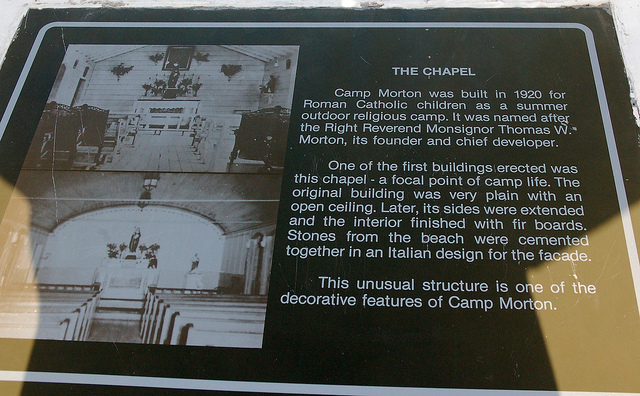
Camp Morton, 8 km north of Gimli, is named after Monsignor Thomas W. Morton who developed the area in 1920 as a summer camp for orphaned and under privileged children.
Monsignor Morton arrived from England to become rector of St. Mary’s Cathedral of Winnipeg in 1919. He devoted much of his time, funds and energy to establish the children’s camp with its ornate buildings and gardens. Many children spent a week of their summer holidays in camp, the boys in July and the girls in August. The camp was so well known, the near by community of Faxa became known as Camp Morton. (note: Faxa is known as a Manitoba ghost town today.)
http://www.gov.mb.ca/conservation/parks/popular_parks/central/camp_morton.html
Historic Sites of Manitoba: Camp Morton (RM of Gimli)
Camp Morton was built in 1920 for Roman Catholic children as a summer outdoor religious camp in the Rural Municipality of Gimli. It was named after the Right Reverend Monsignor Thomas W. Morton, its founder and chief developer. One of the first buildings erected was a chapel, a focal point of camp life. The original building was very plain with an open ceiling. Later, its sides were extended and the interior finished with fir board. Stones from the beach were cemented together in an Italian design for the façade.
Pumps housed in the Water Tower drew water from Lake Winnipeg to a large tank in the tower, which supplied water for the camp and for watering the extensive flower gardens that once graced Camp Morton. The frame of the water tower is believed to have been built in the late 1920s. A stone facing was added in 1937, trimmed with nickel discs depicting King George VI and Queen Elizabeth I.
A row of buildings nearby were constructed in 1943 as cottages for visitors and staff, and known locally as The Arcade. Built from locally-cut logs, trimmed to two-foot lengths, were embedded in mortar. This type of construction has excellent insulation value and is still used today in the Interlake region. The second floor of two-story buildings had no access stairs and were added only for decoration.
Of religious significance at Camp Morton was the Virgin Mary’s statue atop Mary Knoll, and the approach to it flanked by spruce hedges and flower-filled urns.
http://www.mhs.mb.ca/docs/sites/campmorton.shtml
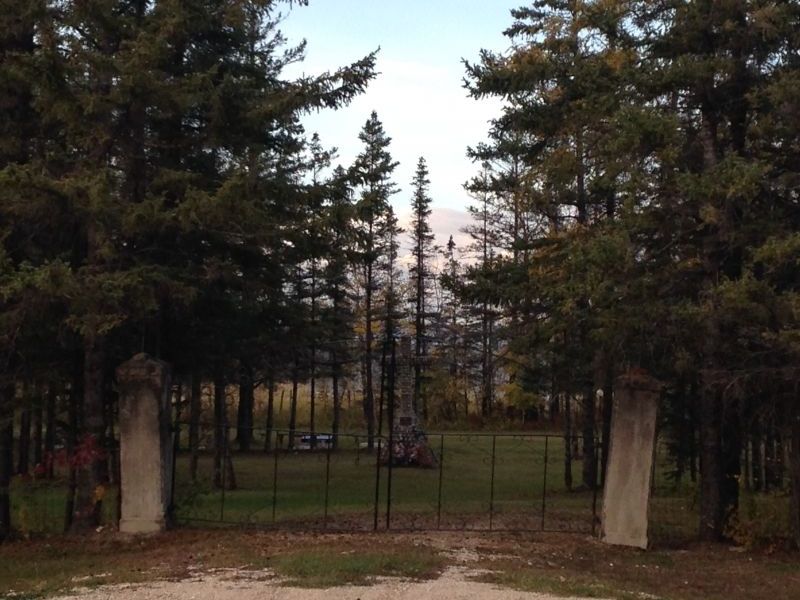
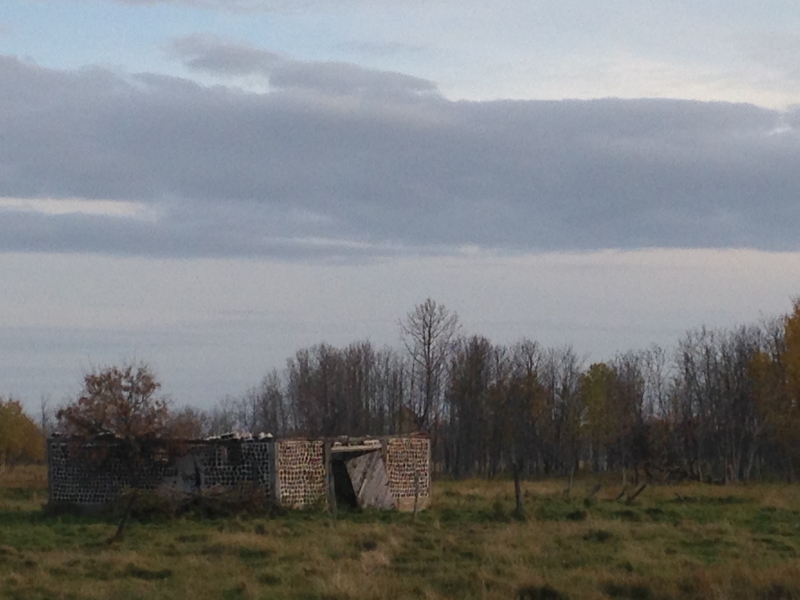

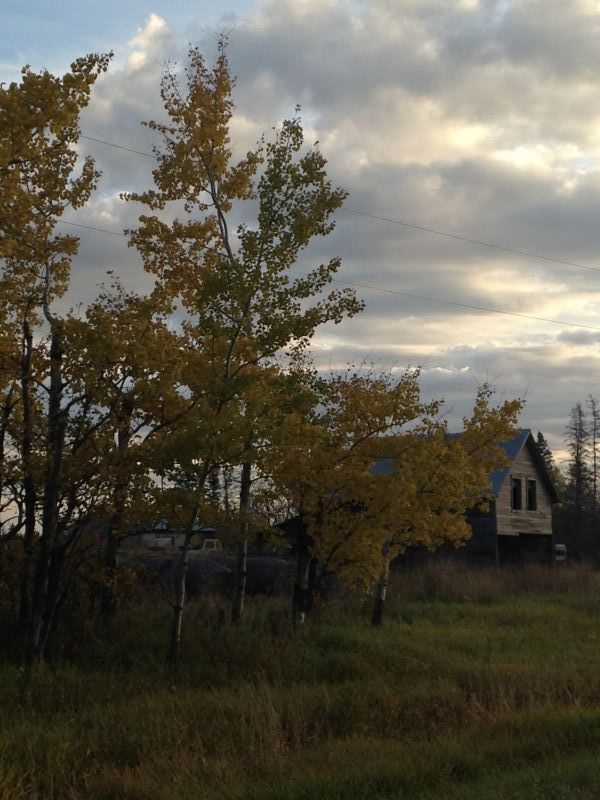
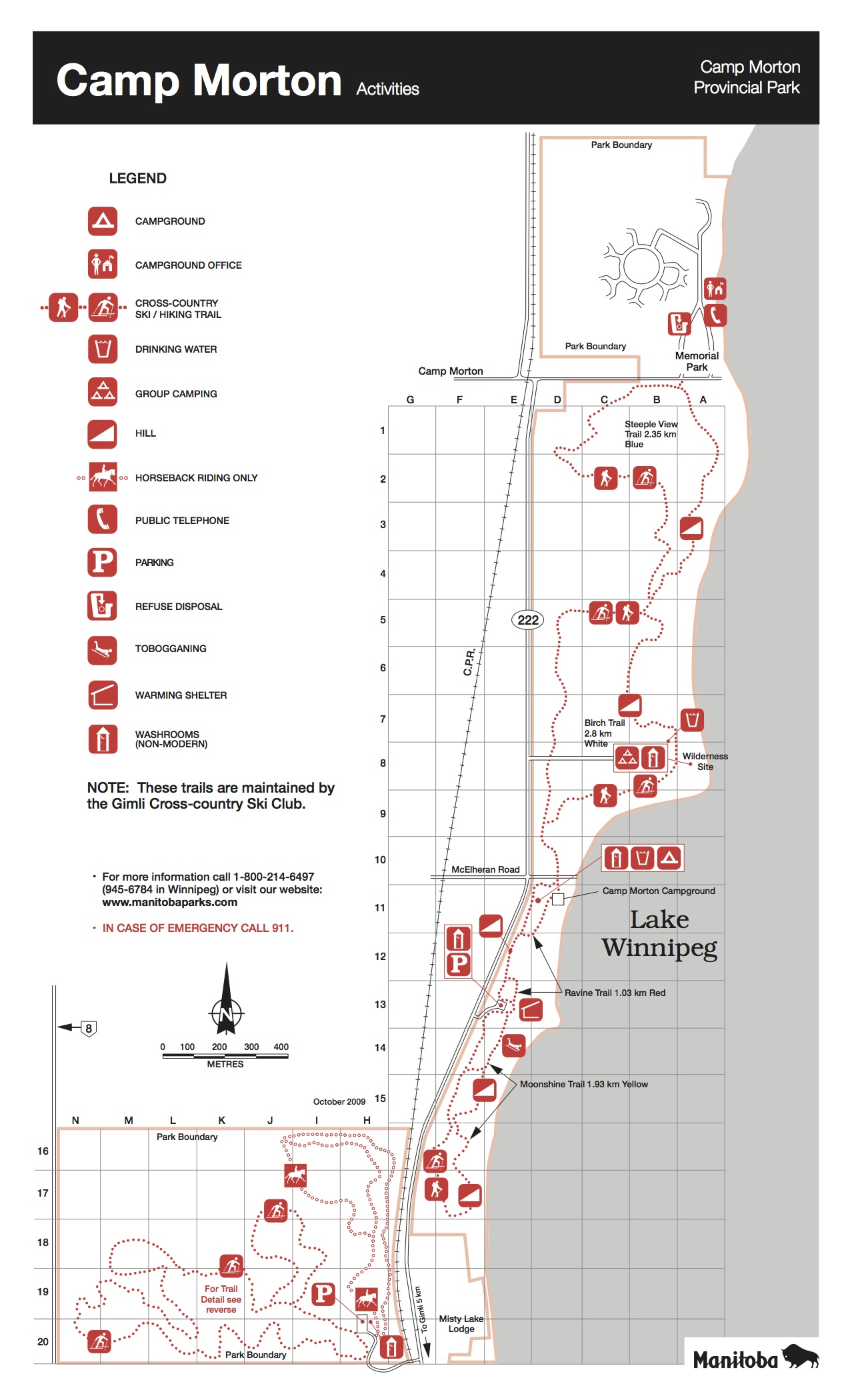


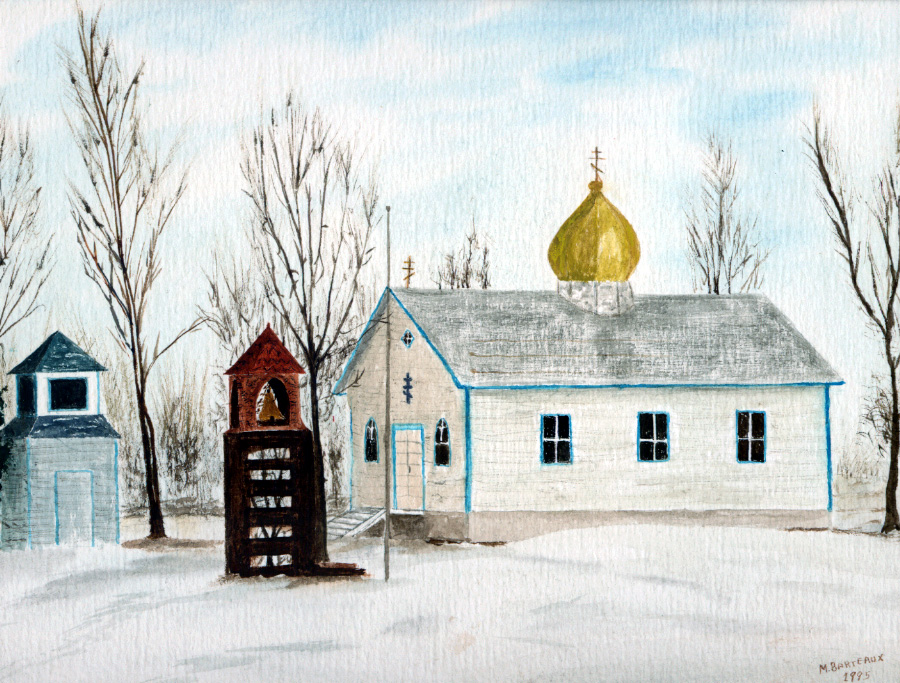
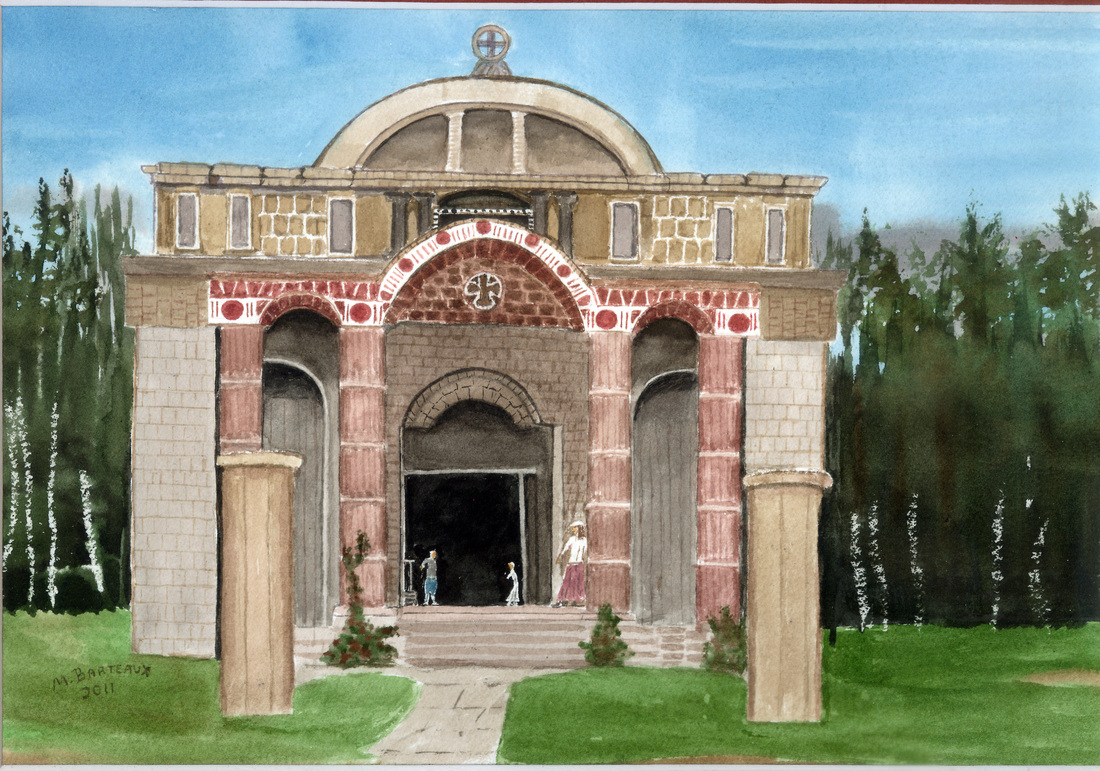
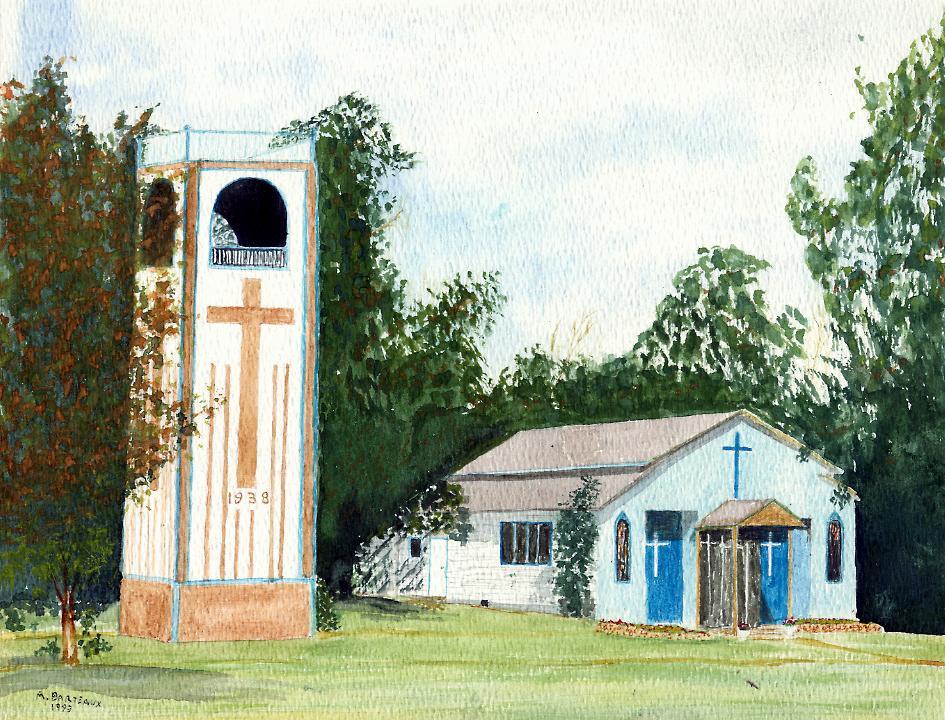

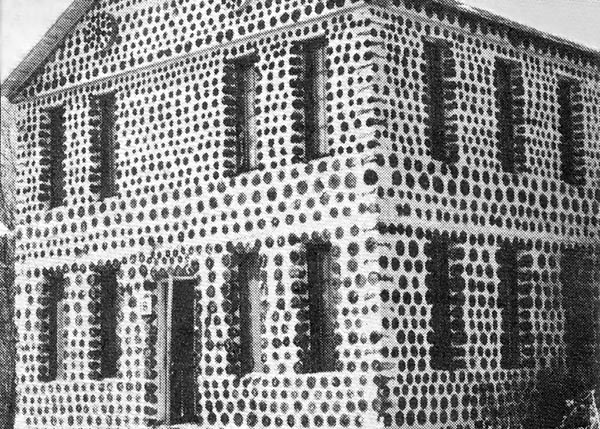
..






Interact with us using Facebook